Going to School With Skip Barber Racing

When Skip Barber decided it was time to retire from professional racing in the 1970s, he had a radical idea. What if aspiring racers were coached just like any other athlete? Although this is a no-brainer today, in the 1970s it was not a popular belief as many still thought racing talent was born, not created.
Well, we all know who won that argument and today the Skip Barber Racing school franchise is massive. With various driving and racing schools offered at dozens of tracks across the country, the Skip Barber program has seen its fair share of graduates go on to achieve serious racing success. Alumni include Ryan Hunter-Reay, Danica Patrick, Marco Andretti, Jeff Gordon and Josef Newgarden to name just a few.
Lapping Laguna Seca
While hanging out in Monterey, Calif. for the 2016 Mazda MX-5 reveal, I’m getting the chance to participate in an abbreviated session of the Skip Barber Racing School. Fantastic news in its own right, I’ll be piloting one of my favorite cars, a race prepped Mazda MX-5, around the world famous Laguna Seca racetrack.
Although I have some track experience in various MX-5s, the Skip Barber cars are different. They are fully caged, race prepared versions that have been stripped of all non-essential materials like the convertible roof, passenger seat and center console. Even with these weight saving measures taken, the added heft of a full rollcage can’t be overcome and the Skip Barber MX-5s weigh in around 2,600 lbs. – more than the road car.
To offset the minor weight gain, the car has been given a power boost thanks mostly to intake, exhaust and engine tune. The 2.0-liter four-cylinder is up 10 hp and 10 lb-ft of torque over the road car, now making 177 hp and 150 lb-ft. Transmission duties are still handled by the stock six-speed manual and the stock limited-slip differential is still in place in the rear-end.
Taken to School
Since we are pressed for time with all the various 2016 Mazda MX-5 debut activities on schedule, our laps are limited. After a classroom session on what to expect on the track and a general overview on how vehicle dynamics work near adhesion limits, we set off for pit lane.
Anyone with half an interest in motorsports knows how legendary Mazda Raceway Laguna Seca is. I’ll admit, before hitting the track I’m a little intimidated. Having watched countless races by some of the world’s best drivers on this track for decades, I’m finally getting a chance to attack the corkscrew.
Not That Scary, a Whole Lot of Fun
But as we were told in the classroom, the MX-5 is the perfect learning tool for an unfamiliar track like this. The car is wearing street-spec BFGoodrich g-Force Comp 2 tires to keep the limits lower and slower while delivering more road feeling through the wheel. We are doing the traditional lead/follow that sees professional instructors in bone-stock Mazda3s lead a group of the track prepped MX-5s.
At first speed is low to allow us to get familiar with the track. As the morning wears on, speed increases gradually. Between driving stints, we get to ride along in the Mazda3 with the instructor and gain pointers like how to hit corner six properly while ensuring we are on the gas early.
Tackling the Corkscrew
Of course, it’s the corkscrew that I want to learn right away. The first few times through this undulating corner take some getting used to as the car drops between the two apexes like an automotive roller coaster. But unlike an amusement park ride, there are no rails here; screw it up and I’m in the dirt or kissing a wall. Learn the proper way to take the corner though and it’s not all that scary. With our MX-5 track cars, it’s turn in, keep straight, plant the gas and steer out of the corner; simple as that.
Students who do the full class get at least one more session on the track and speeds can increase further. And then there are the multi-day classes that can lead to actual racing events. With a variety of vehicles, driving courses and tracks available throughout America, there is a Skip Barber program for all driving abilities.

A 20+ year industry veteran, Mike rejoins the AutoGuide team as the Managing Editor. He started his career at a young age working at dealerships, car rentals, and used car advertisers. He then found his true passion, automotive writing. After contributing to multiple websites for several years, he spent the next six years working at the head office of an automotive OEM, before returning back to the field he loves. He is a member of the Automobile Journalists Association of Canada (AJAC), and Midwest Automotive Media Association (MAMA). He's the recipient of a feature writing of the year award and multiple video of the year awards.
More by Mike Schlee



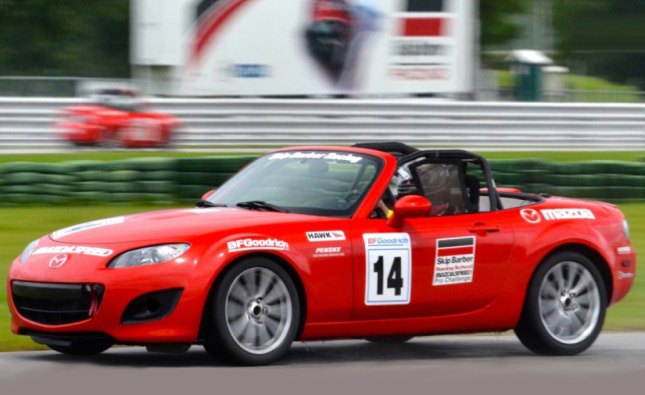




















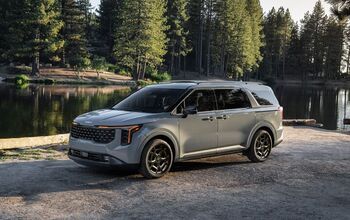

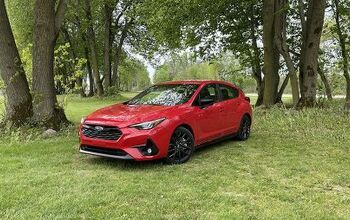

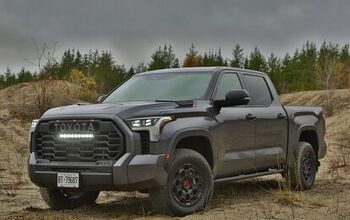


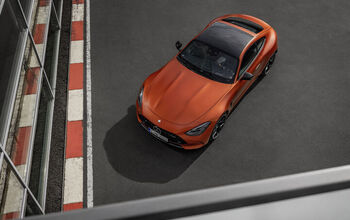



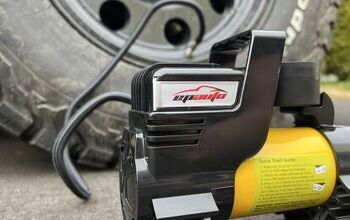

Comments
Join the conversation
These classes sound great, but expensive :S